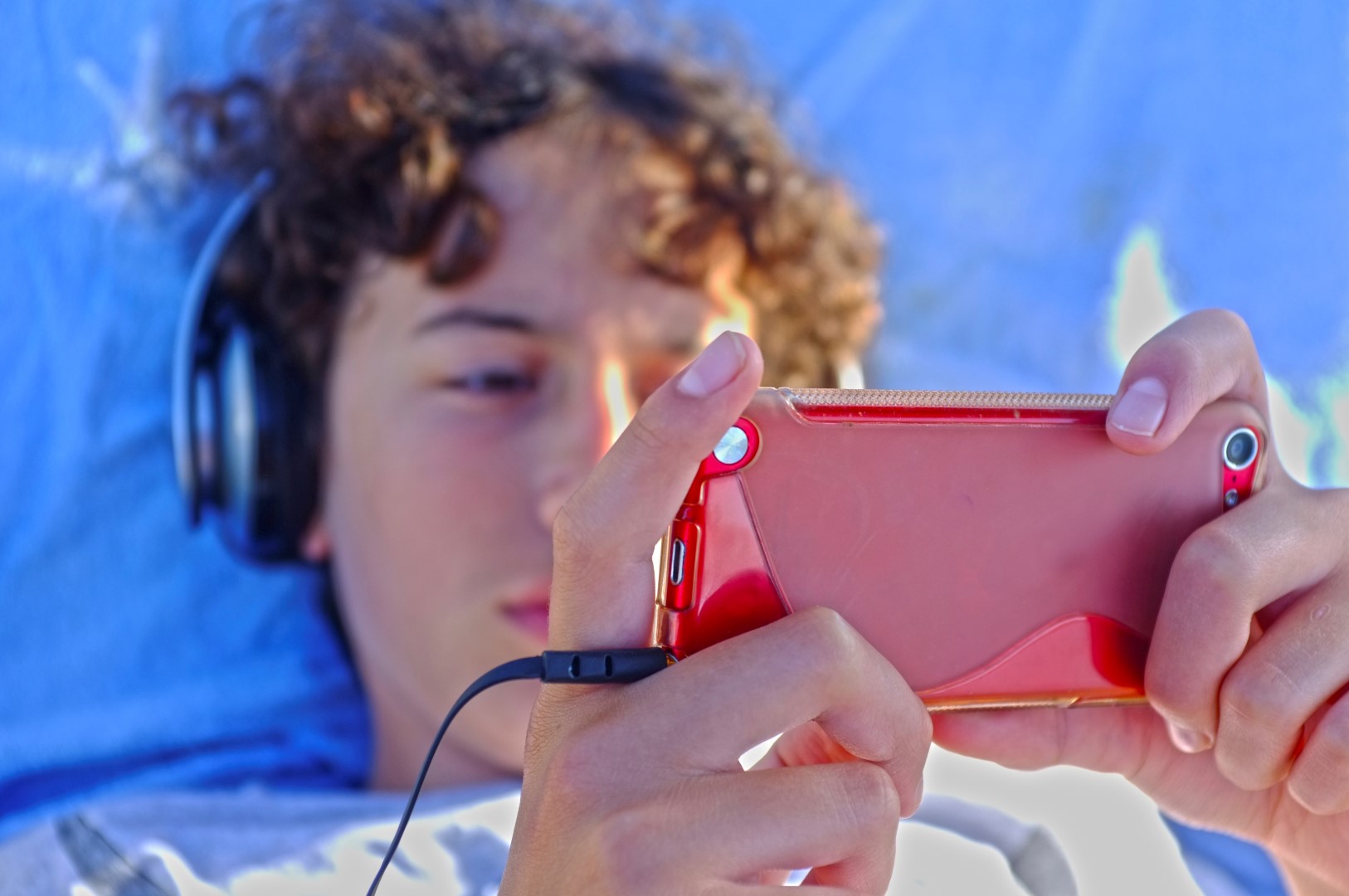Living just a click away from any information comes with the advantage of online learning. The learning process may be perceived as a continuous one, if we have in mind the fact that teenagers seek online information and raise discussions around, connecting no matter their culture and nationality. The flexibility offered by the online learning, together with the youngsters’ ability to do at least 3 things at a time, demand a teaching style that engages multiple channels.
That’s why visual and video supports (PowerPoint presentations, movies, digital images etc) should accompany any written or oral information provided to students. More than that, the classroom should be for practice, while spaces that represent an encyclopedia in themselves the ones providing the experiences.
Besides the evident need of classrooms accommodating new technologies and new learning styles, the way the information is presented and analyzed plays an important role in connecting with students. Teachers should no more focus on the content (as Google is already doing this), but on facilitating the learning process. Teachers need also to adapt their discourse to the today’s expectations in terms of language and interactivity. In addition, including the online in the students’ school projects and activities will become a must. Examples in this direction can include projects involving an online collaboration between students or creating and managing blogs, vlogs or social media accounts.

